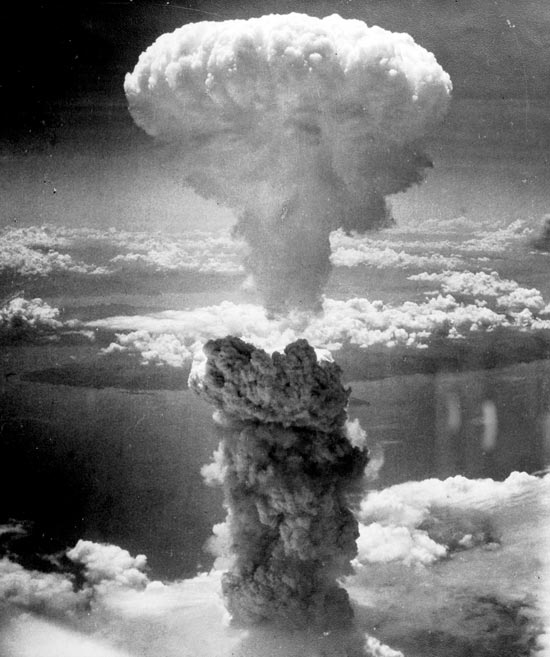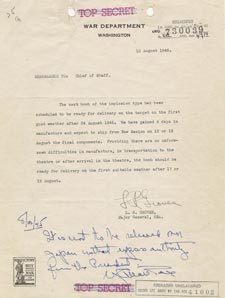Celebrating the Centennial of Women’s Right to Vote
BY MICHAEL SHERMER
On August 18, 1920, the 19th Amendment of the United States Constitution was ratified, legally securing the franchise to women. It was the culmination of a 72-year battle that began when Elizabeth Cady Stanton and Lucretia Mott organized the 1848 Seneca Falls conference, after attending the World Anti-slavery Convention in London in 1840 — a meeting at which they had come to participate as delegates, but at which they were not allowed to speak and were made to sit like obedient children in a curtained-off area. This did not sit well with Stanton and Mott. Conventions were held throughout the 1850s but were interrupted by the American Civil War, which secured the franchise in 1870 — not for women, of course, but for black men (though they were gradually disenfranchised by poll taxes, legal loopholes, literacy tests, threats and intimidation). This didn’t sit well either and only served to energize the likes of Matilda Joslyn Gage, Susan B. Anthony, Ida B. Wells, Carrie Chapman Catt, Doris Stevens, and countless others who campaigned unremittingly against the political slavery of women.
Things began to heat up when the great American suffragist Alice Paul (arrestingly portrayed by Hilary Swank in the 2004 film Iron Jawed Angels) returned from a lengthy sojourn in England. She had learned much during her time there through her active participation in the British suffrage movement and from the more radical and militant British suffragists, including the courageous political activist Emmeline Pankhurst, characterized as “the very edge of that weapon of willpower by which British women freed themselves from being classed with children and idiots in the matter of exercising the franchise.”1
Upon her death Pankhurst was heralded by the New York Timesas “the most remarkable political and social agitator of the early part of the twentieth century and the supreme protagonist of the campaign for the electoral enfranchisement of women”;2 years later, Time magazine voted her one of the 100 most important people of the century. Thus, when Alice Paul returned from abroad she was ready for action, though the more conservative members of the women’s movement weren’t quite ready for Alice. Nevertheless, in order to attract attention to the cause she and Lucy Burns organized the largest parade ever held in Washington. On March 3, 1913 (strategically timed for the day before President Wilson’s inauguration), 26 floats, 10 bands, and 8,000 women marched, led by the stunning Inez Milholland wearing a flowing white cape and riding a white horse. (See Figure 1 above.) Upwards of 100,000 spectators watched the parade but the mostly male crowd became increasingly unruly and the women were spat upon, taunted, harassed and attacked while the police stood by. Afraid of an all-out riot, the War Department called in the cavalry to contain the escalating violence and chaos.3
It was a gift. A scandal ensued due to the rough treatment of the women and suddenly, “the issue of suffrage — long thought dead by many politicians — was vividly alive in front page headlines in newspapers across the country.… Paul had accomplished her goal — to make woman suffrage a major political issue.”5
In 1917 women began peacefully picketing outside the White House but, once again, they were met with harassment and violence. These Silent Sentinels (as they were called) stood day and night (except Sundays) with their banners for two and a half years but, after the U.S. joined in the war, patience ran thin as it was seen as improper to picket a wartime president. The picketers were charged with obstructing traffic and were thrown — often quite literally thrown — into prison cells where they were treated like criminals, rather than political protesters, and were kept in appalling conditions. Many of the women went on a hunger strike, including Alice Paul, who was viciously force-fed in order to keep her from becoming a martyr for the cause. […]
Read the complete essay




